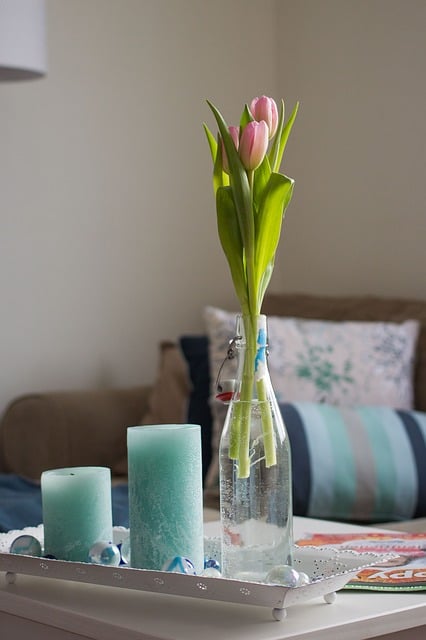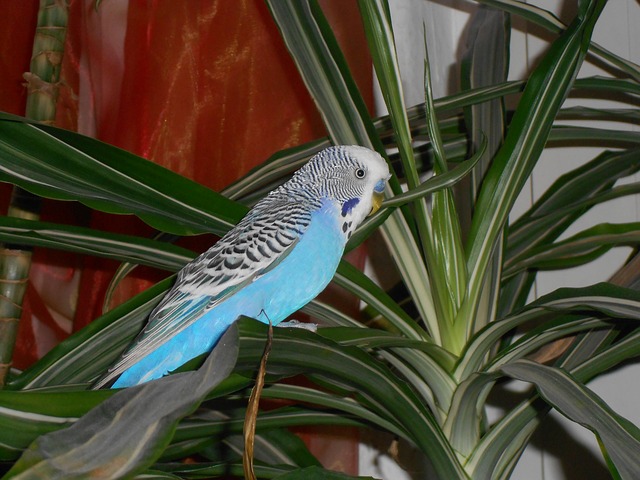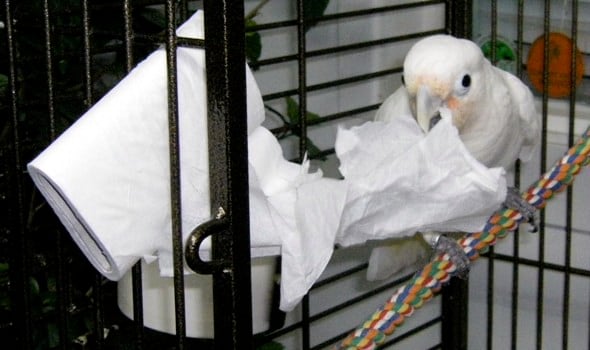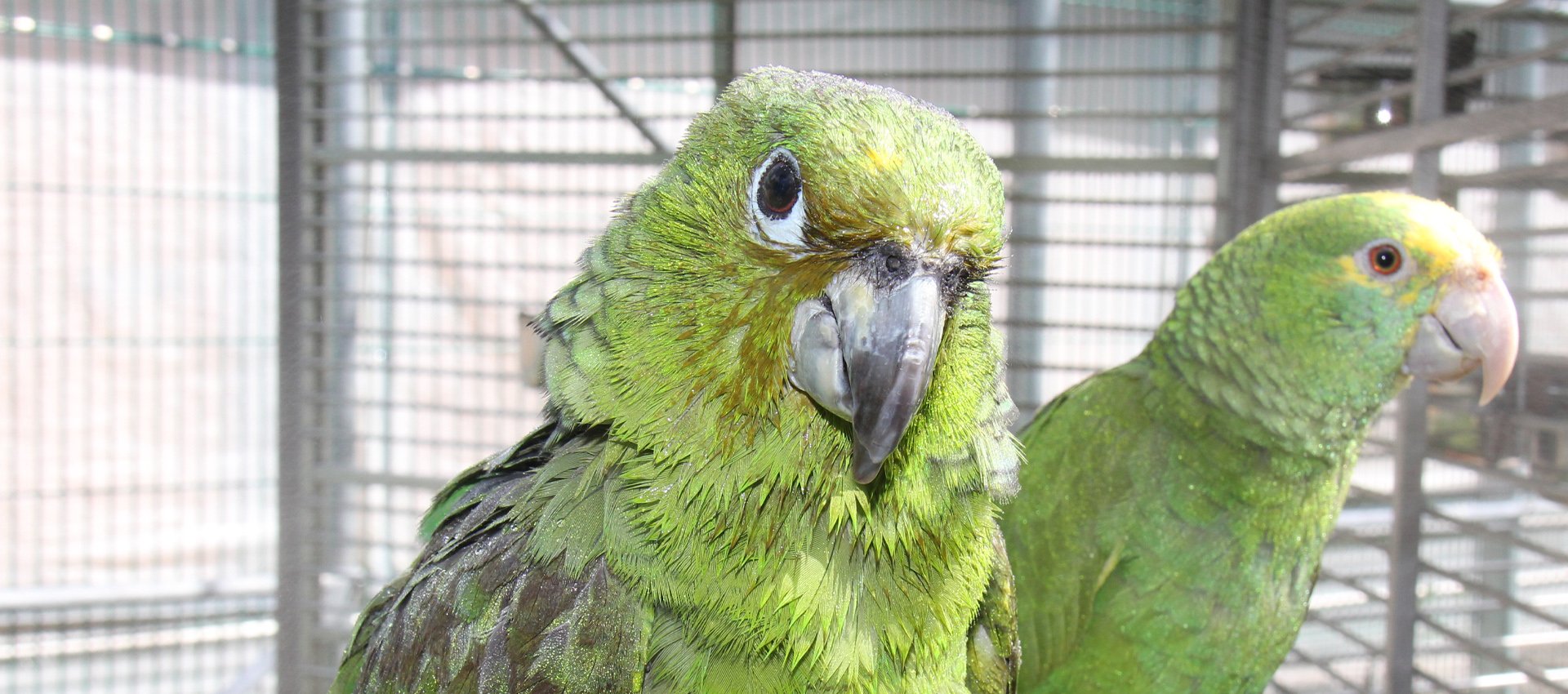Your cart is currently empty!

HARI Official Brand Site

To encourage versatility of lifestyle, accommodate the room so it is comfortable, and safe for your birds while they spend time in it.
Whether you are planning to create an entire room for one or several companion birds, fully flighted or feather groomed, safety should be the first concern. Potentially harmful household items can be found in reference lists provided by your avian veterinarian. We have also compiled a short list of commonly found items in your home that could be harmful to your birds. We encourage your to join your local bird club as these topics are frequently discussed. Fellow companion parrot enthusiasts can be helpful in ensuring these safety considerations were taken when designing your bird room .Your bird room design can be fun and colourful and safe at the same time.
Secure all windows and doors, especially doors leading to the outdoors. They should close and lock even if your bird is flight feather groomed. Intruders that might come into visual contact with your birds through the windows, such as a cat or, bird of prey, may cause fright and stress to your birds who retain their natural prey instinct even if they were born in captivity.
Furthermore, ensure the doors and windows protected by a screen are bird proof and predator proof.

To encourage versatility of lifestyle, accommodate the room so it is comfortable, and safe for your birds while they spend time in it. This will require some infrastructure such as a day cage. It must have a safe retreat to go to when it requires a break from the rest of the flock to rest or eat or simply to contemplate in solitude.
Some birds that cohabit in a bird room have developed a healthy social hierarchy within the flock and are able to behave, thrive and enrich their lives with the social aspect of this flock dynamic. Some achieve this due to the fact that they are retrieved by their caretakers in the evenings to their respective sleeping cages or simply enter their cage that is covered for the night. Accessories or boxes or anything that might resemble a nest or that can be perceived as such by a maturing juvenile or adult should not be introduced to the bird room, as this may trigger hormones and territoriality, most likely resulting in aggressive behaviour towards the caretakers or flock mates.
Place cages and hanging toys or ropes in such a way that the bird cannot reach light fixtures or switches, moulding, walls or the ceiling. Discard of any tattered rope toys that your bird might get tangled in. Jungle ropes, bird climbing nets, swings, perches, activity trees & play gyms should be well anchored if they are fixed into your ceiling or wall. A protector should be used to prevent direct access to walls and ceiling, as your parrots will readily chew through these. Some caretakers are quite creative and use safe recyclable materials to make their bird rooms functional and outlast their birds’ instinctive desire to chew!

Whether or not the bird room design allows for natural lighting to enter, it is best to foresee the installation of a full spectrum lighting fixture. A night lamp or emergency light (battery operated), can bring comfort to the birds should there be a power outage. Many choose to install night lamps in bird rooms to minimize night fright, commonly seen in cockatiels or physically challenged individuals.
Visual enrichment is quite in vogue in these modern days of parrot keeping. Television screens are often installed in a bird room to allow viewing of the parrot enrichment videos. The screen and electrical wires should be protected and birds should not have access to them. Wall mounted television screens are best.
Although window perches can be a favoured place to perch as it provides visual enrichment, you must ensure the bird can move from this perch if it so desires, especially if it has been flight feather groomed.
As an ethical caretaker, you must ensure all in the flock are compatible with each other. Should territoriality arise with a particular individual, retrieving this bird to separate sleeping quarters could help alleviate the aggressiveness and territoriality that has developed surrounding its cage. Ensure all birds in the room are healthy as a flock can behave instinctively and attack a weak or debilitated individual. Fully flighted birds can be more aggressive towards flight feather groomed individuals. Flight or bite response can also be witnessed during such interactions.

A viewing window can be practical to install in the bird room door to allow caretakers to see what is going on should the birds be left alone in this bird proof safe environment. The flock is more likely to behave if the mentor is visible or can be heard.
Video surveillance monitoring is now so convenient and affordable, as web cams can be linked directly to your smart phone or computers. They can be controlled at a distance to allow for easier visual monitoring of your entire bird room. This can allow you to monitor without the flock being aware of your presence. This technology also aids in the health monitoring of your birds when you are temporarily away from the bird safe room.
The feeding stations in the bird room should be more abundant then what is required per day, to prevent aggressiveness within the flock. Each bird should have a place to perch, eat and drink without being intimidated
Creativity as well as respecting the natural habitat of your birds can help you design various enrichment activities such as foraging opportunities, for example, ground foraging for the Australian parakeets and canopy foraging for the lineolated parakeets.
If you are still at the stage of conception of your bird room design, sound proofing both ceilings and walls can be an extremely valuable investment. Dual enclosures designed to allow birds to have access to an outdoor flight from their indoor bird room is another possible option, this will require structural considerations.
This is a great beginning to designing a safe and enriching environment for your birds.

We’re here to help you with everything bird-related! Discover more about parrot conservation, browse conferences and events in your area, connect with local bird clubs, locate a vet or parrot rescue nearby, and read up on fascinating avian news and articles.